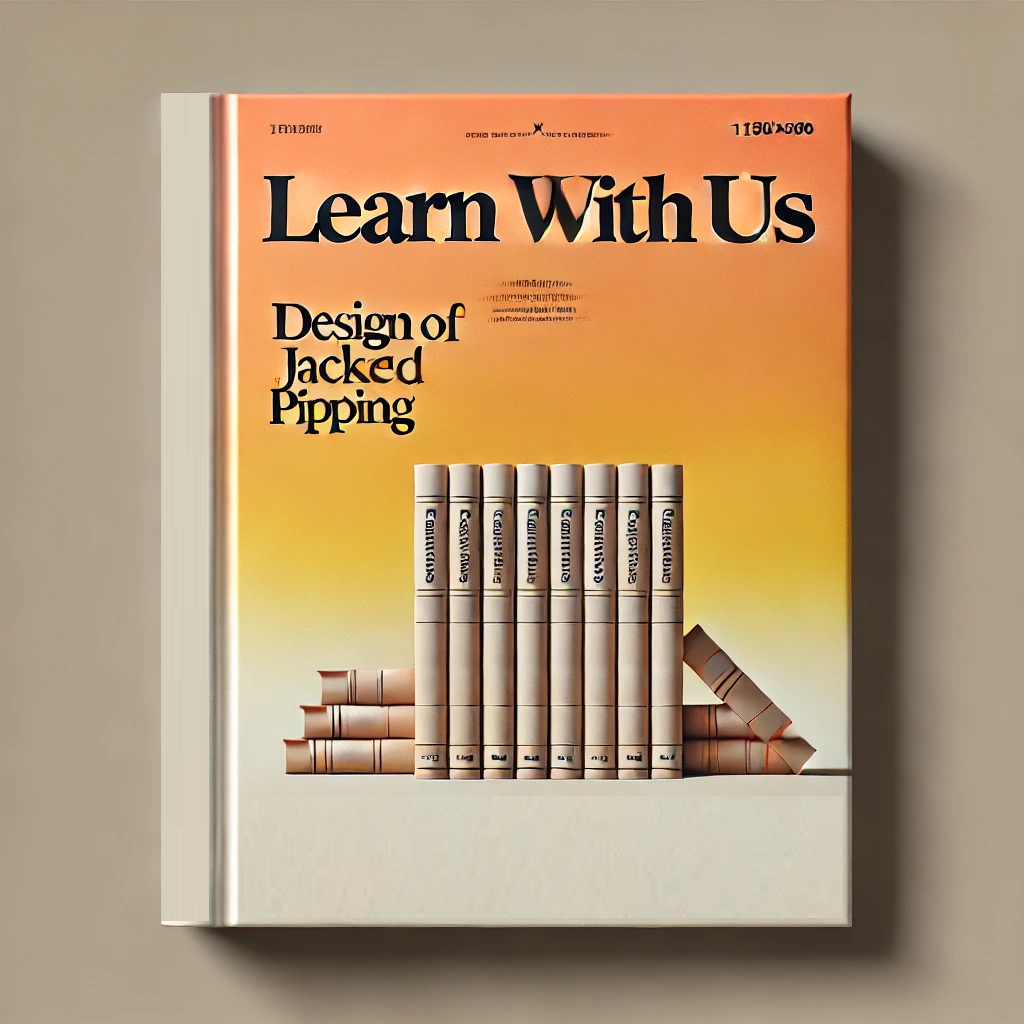MECHANICAL DESIGN OF JACKETED PIPING
Core Pipe Thickness
In jacketed piping, two pipes are used, each with its own design requirements. The inner pipe, or core pipe, is exposed to internal pressure when fluid flows through it. Conversely, it experiences external pressure when fluid flows through the surrounding jacket. While these pressures may sometimes counterbalance, relaxing the stress on the core pipe, design calculations must account for the worst-case scenario to ensure safety. Design for a cylindrical surface under external pressure is more complex than for internal pressure conditions.
According to ASME B31.3, clause 304.1.3, wall thickness for a straight pipe under external pressure should be determined following the procedure in the BPV Code Section VIII Division 1, UG-28 through UG-30. In preparing standard piping specifications, it’s challenging to precisely estimate the design length (L). Therefore, a length-to-diameter (L/D) ratio of 50 is often used as a standard.
As pipes come in standard thicknesses, selecting the appropriate thickness involves choosing from available options that meet requirements. The thickness used in calculations should include allowances for manufacturing tolerance and expected corrosion.
DESIGN OF JACKETED PIPING
Size Combinations for Core and Jacket Pipes
Straight Pipe: The sizing of core and jacket pipes is based on the necessary annular space to achieve adequate flow for heat transfer. In the absence of specific process requirements, the following common combinations are used:
Elbow Bend Radius for Core and Jacket Pipes
The bend radius of elbows is selected to ensure that both core and jacket pipes maintain their alignment through directional changes. The following table outlines recommended size combinations for core and jacket bends:


